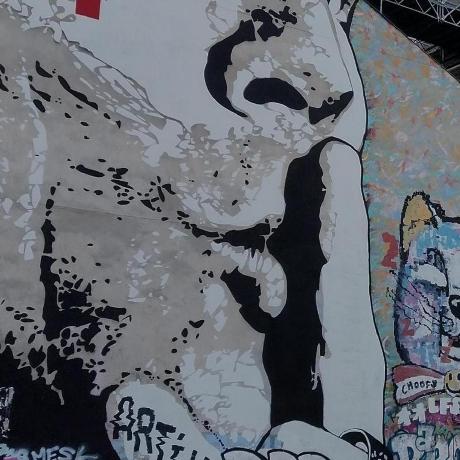binjr¶
ARM64 builds for macOS and Linux are (finally) coming!
At long last, native binjr application bundles for machines with ARM64 CPUs are coming!
This will be welcome news mostly to mac users, as all new macBooks have come equipped with Apple silicon CPUs for a quite a while now.
ARM64 builds for Linux are also coming, by the way, but Windows users will have to wait a little longer, unfortunately. While everything is in place on our end and aarch64 OpenJDK builds for Windows are available right now, that is sadly not yet the case for JavaFX, binjr’s only other arch-specific dependency.
Of course, if you’re running Intel or AMD based machines, do not worry: x86_64 builds are not going anywhere!
binjr has a new home on the Fediverse!
The social account for binjr on the Fediverse is now hosted on its own dedicated server: https://social.binjr.eu/@binjr
This means we are now completely independent from any third party for this and most importantly that I am the one who gets to decide the maximum post length now!! \o/
If you were already following the old @binjr@fosstodon.org account, there’s nothing for you to do: you should have automatically been added as a follower to the new account, and stopped following the old one.
Shout out to the great folks at https://gotosocial.org/ for making this so easy with their incredibly lightweight Fedi server. Go check it out!

